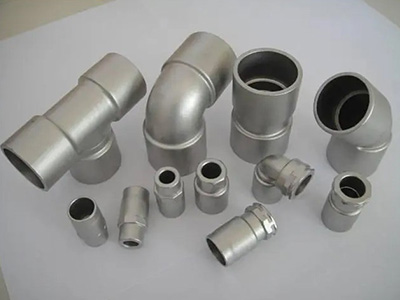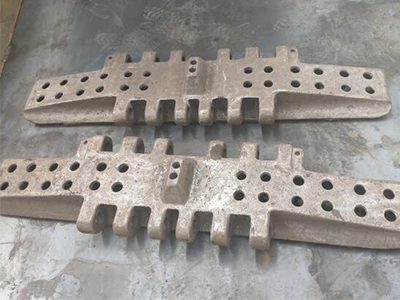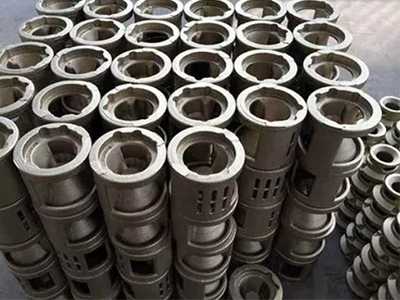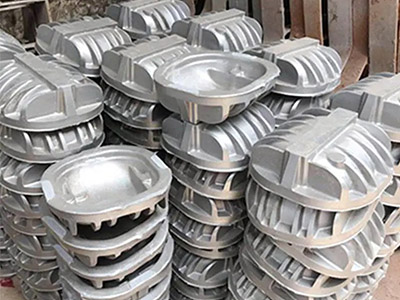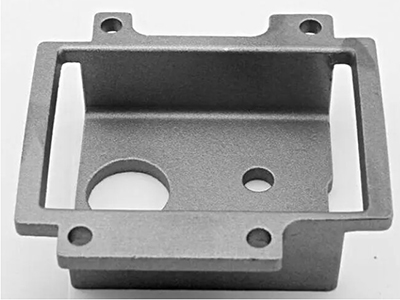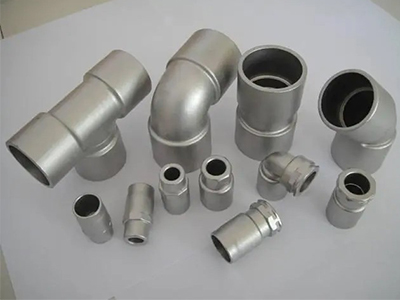- Metal Mold casting and Sand casting
- Matters needing attention in detail handling of stainless Steel Castings
- How to make the appearance of large cast steel parts better
- Steel die casting process
- Casting method of Special Agricultural Machinery Castings
- Sand casting production of large steel casting attention
- How to control the temperature of stainless steel precision casting?
- Inspection Standard and testing content of Steel Castings
- Basic characteristics of Gray Iron Castings
- Carbon Steel Casting Alloys
- Call : +86 13390692151
- sale@kfqizhongji.com
-
Room 1, No. 21, Chaoying East Road, Zhoushi,
Kunshan City, Jiangsu Province, China
The processing technology of stainless steel precision casting
The mechanical performance of stainless steel precision casting is higher than that of cast iron, but its casting performance is worse than cast iron, which belongs to investment precision casting or precision casting. Its high melting point, easy oxidation of molten steel, poor fluidity of molten steel, large shrinkage, stainless steel precision casting is not only suitable for all types of casting, all kinds of alloys. Processing technology characteristics of stainless steel precision casting:
1. Because the shrinkage of stainless steel precision casting is much greater than that of cast iron, in order to prevent shrinkage cavity and shrinkage porosity defects of castings, riser and, cold iron and subsidies are mostly used in the casting process to achieve sequential solidification. In order to prevent stainless steel castings from shrinkage hole, shrinkage porosity, porosity and crack defects, the wall thickness should be uniform, avoid sharp Angle and right Angle structure, adding sawdust in the mold sand, adding coke in the core, and using hollow core and oil sand core to improve the sand mold, or the core of the concession and permeability.
2. Due to the poor fluidity of liquid steel, the wall thickness of cast steel cannot be less than 8mm in order to prevent cold isolation and insufficient casting. Dry casting or hot casting; Appropriate increase the pouring temperature, generally 1520° ~ 1600 ° C, because the pouring temperature is high, the superheat of molten steel is large, the liquid time is long, the fluidity can be improved. However, if the pouring temperature is too high, it will cause defects such as coarse grain size, hot cracking, porosity and sticky sand. Therefore, generally small, thin-walled and complex shape precision casting parts, the pouring temperature is about the melting point temperature of steel +150℃; The structure of the gating system is simple and the section size is larger than that of cast iron. The pouring temperature of large, thick-walled castings is about 100℃ higher than the melting point.
